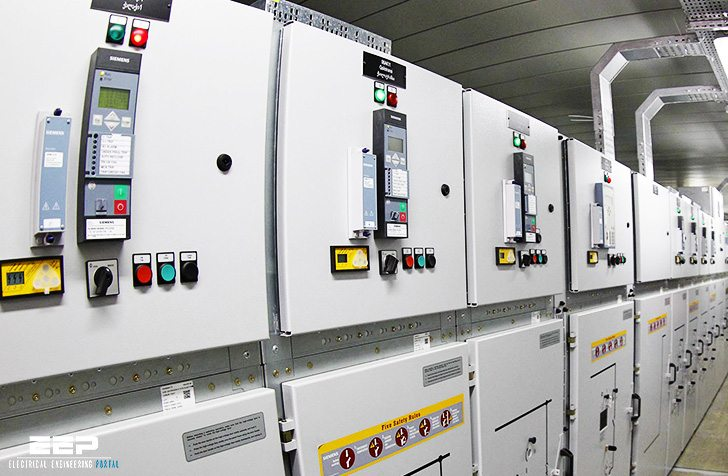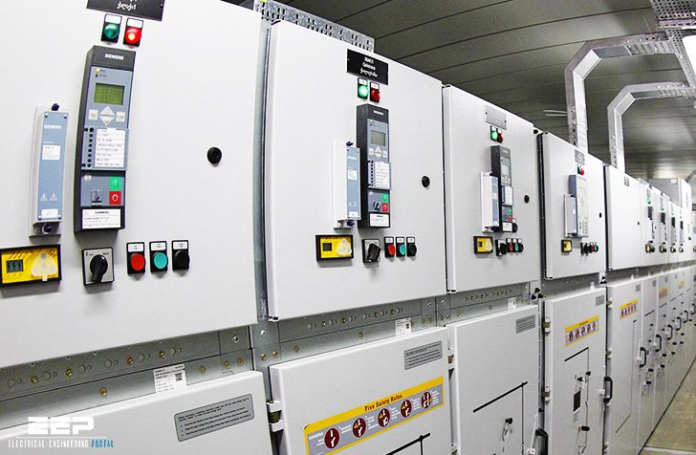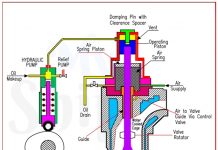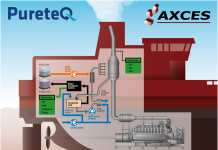
Although this is not a text on electrical protection, a short discussion on modern protection relays are justified, as modern relays are changing the way electrical engineers think, not only about protection, but regarding a much wider scope, including switchgear applications and maintenance issues. The most advanced protection relays available today are termed IEDs (intelligent electronic devices), as they offer much more than only the protection functions of the traditional relay.
Functions of an IED
The functions of a typical protection IED can be classified into five main areas, namely protection, control, monitoring, metering and communications. Some IEDs may be more advanced than others, and some may intensify certain functional aspects over the others, but these main functionalities should be included to a greater or lesser degree.
Protection
The protection functions of the IED developed from the basic overcurrent & earth fault protection functions of the feeder protection relay(hence certain manufacturers named their IEDs feeder terminals). This is due to the fact that the feeder protection relay is used on almost all cubicles of a normal distribution switchboard, & the fact that more demanding protection functions are not required allow the relay‘s microprocessor to be used for the control functions. The IED is also meant to be as flexible as possible, & is not considered to be a specialized protection relay, for example generator protection. This also makes the IED inexpensive.
The following is a guideline of protection related functions that may be anticipated from the most advanced IEDs (the list is not all-inclusive, and some IEDs may not have all the functions). The protection functions are typically provided in discrete function blocks, which are activated and programed independently.
- Non-directional three-phase overcurrent [low-set, high-set and instantaneous function blocks, with lowset selectable as long time-, normal-, very-, or extremely inverse, or definite time]
- Non-directional earth fault protection [low-set, high-set & instantaneous function blocks]
- Directional three phase overcurrent [low-set, high-set & instantaneous function blocks, with low-set selectable as long time-, normal-, very-, or extremely inverse, or definite time]
- Directional earth fault protection [low-set, high-set & instantaneous function blocks]
- Phase discontinuity protection
- Three-phase overvoltage protection
- Residual overvoltage protection
- Three-phase undervoltage protection
- Three-phase transformer inrush/motor start-up current detector
- Auto-reclosure function
- Underfrequency protection
- Overfrequency protection
- Synchro-check function
- Three-phase thermal overload protection.
Control
Control functions include local & remote control, & are fully programmable.
- Local and remote control of up to six switching objects (open/close commands for circuit-breakers, isolators, etc.)
- Control sequencing
- Bay level interlocking of the controlled devices
- Status information
- Information of alarm channels
- HMI panel on device.
Monitoring
Monitoring includes the following functions:
- Circuit breaker condition monitoring, including operation time counter, electric wear, breaker travel time, scheduled maintenance
- Trip circuit supervision
- Internal self-supervision
- Gas density monitoring (for SF6 switchgear)
- Event recording
- Other monitoring functions, like auxiliary power and relay temperature.
Metering
Metering functions include:
- Three-phase currents
- Neutral current
- Three-phase voltages
- Residual voltage
- Frequency
- Active power
- Reactive power
- Power factor
- Energy
- Harmonics
- Transient disturbance recorder (up to 16 analog channels)
- Up to twelve analog channels.
Communications
Communication capability of an IED is one of the most important aspects of the device today & is the one aspect that clearly isolates the different manufacturers devices from one another concerning their level of functionality.
IEDs are normally able to communicate directly to a SCADA system, i.e. upper level communications. Different manufacturers use different communication protocols, and this will determine certain critical aspects, e.g. response times, possibility of the direct relay to relay communications, etc. An IED will, in addition to the upper level communications, also have a serial port or optical interface to pass on directly to substation PC or laptop for the configuration & data downloading purposes, should the SCADA link not be accessible or desirable in that instance.




